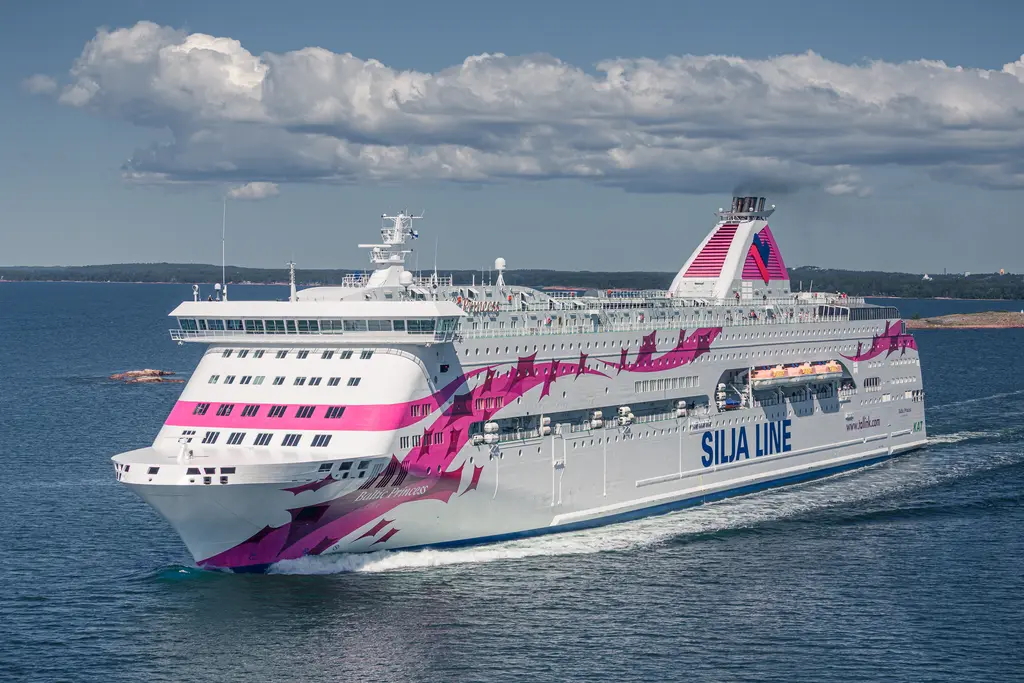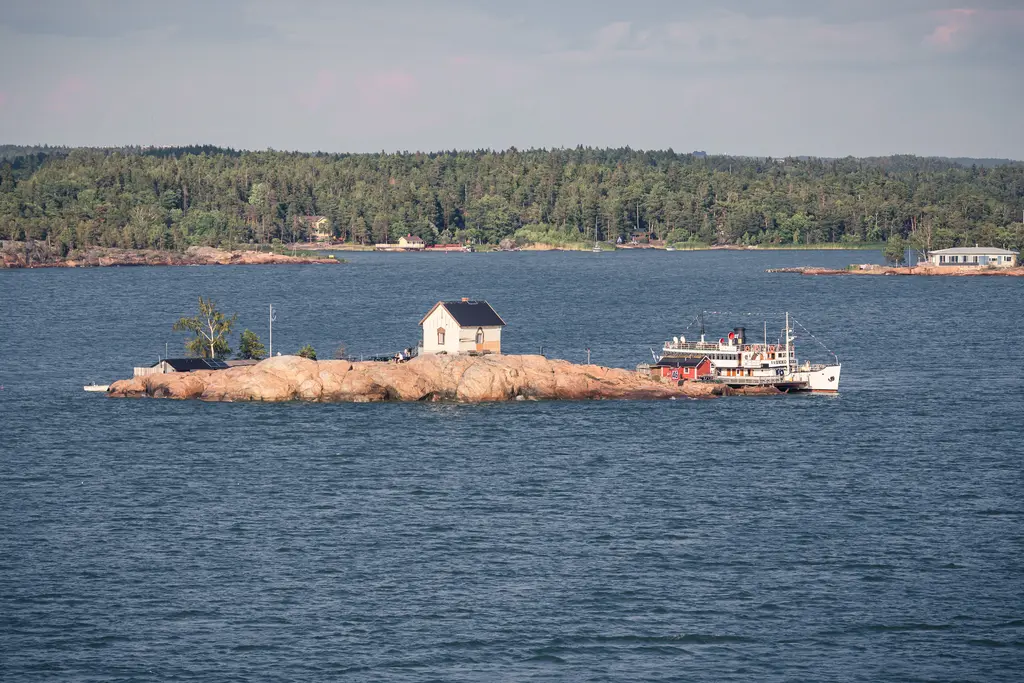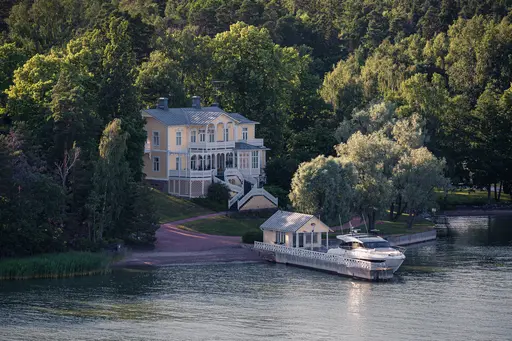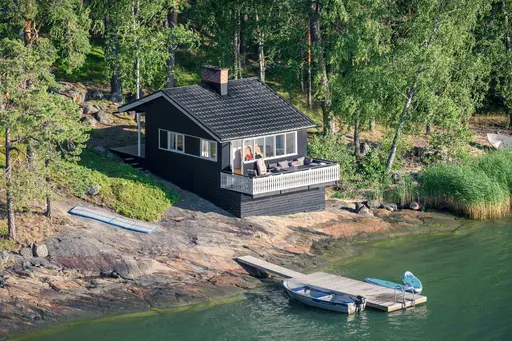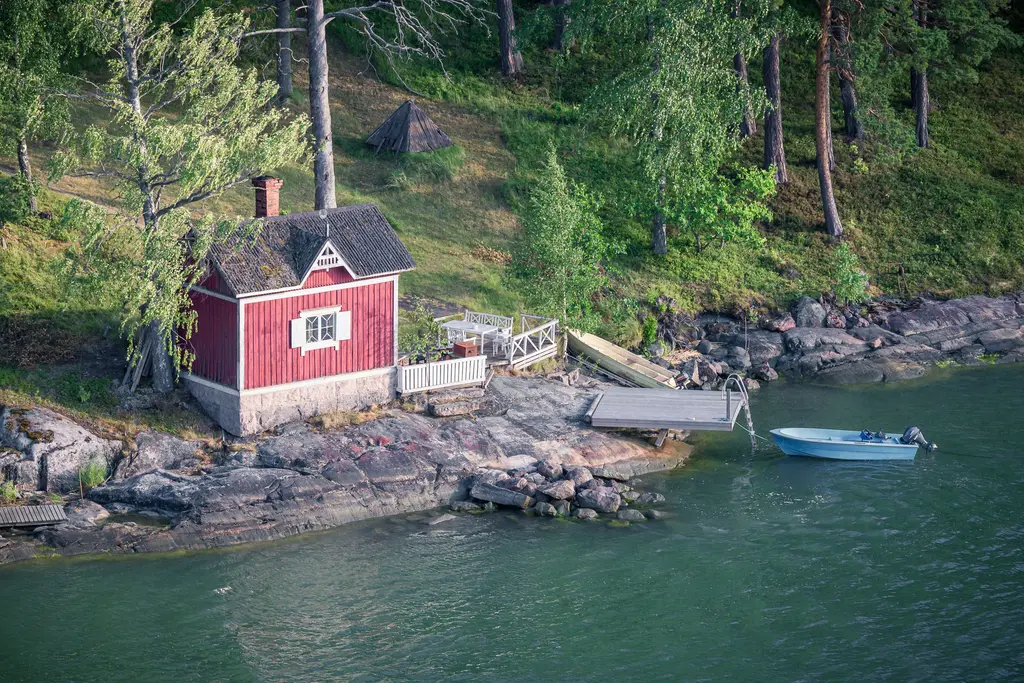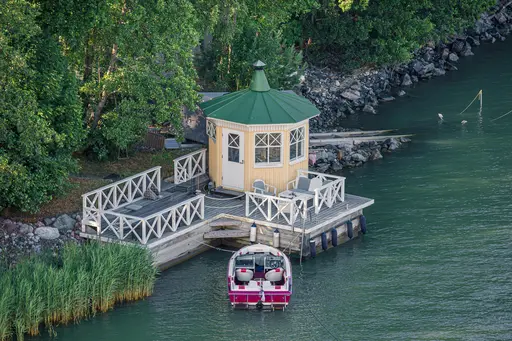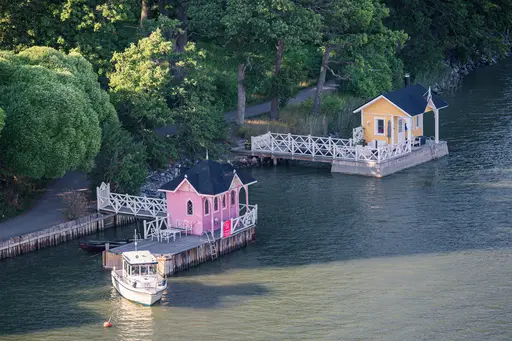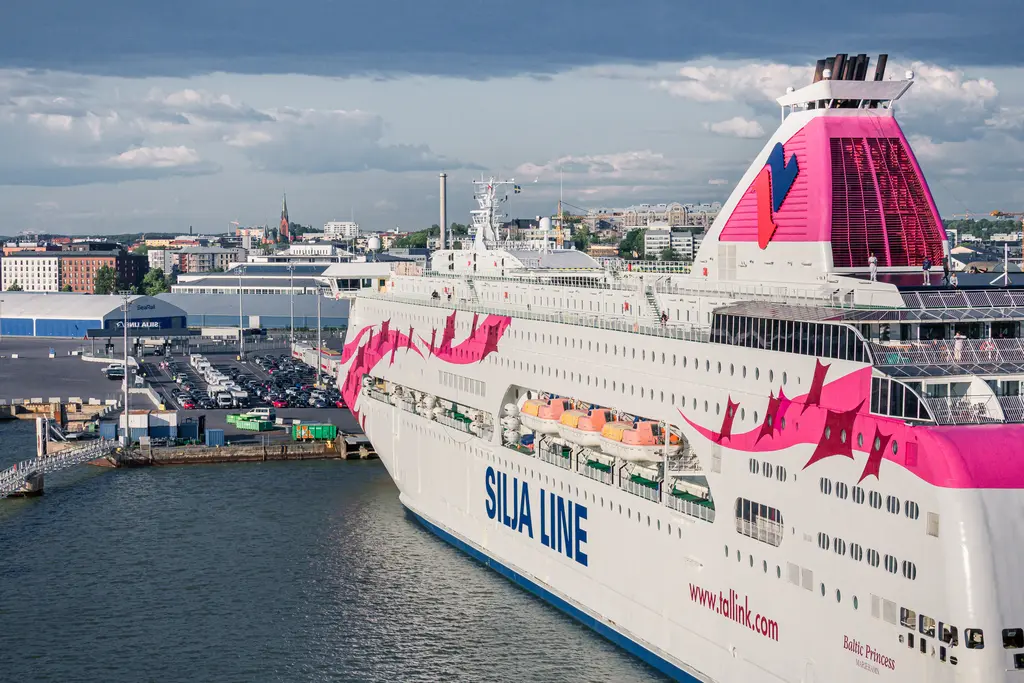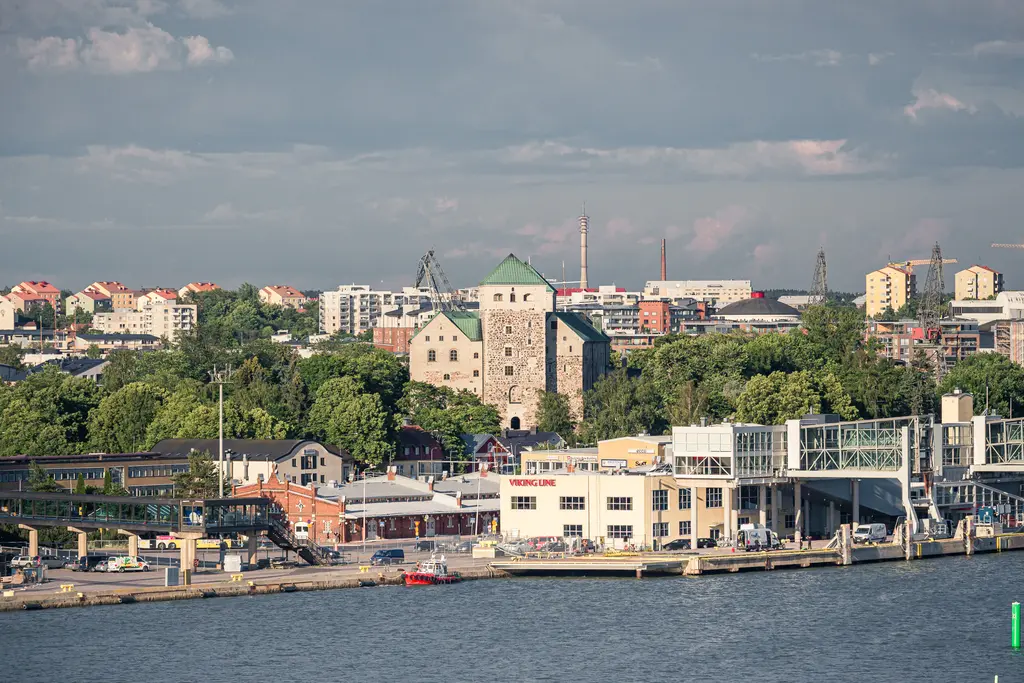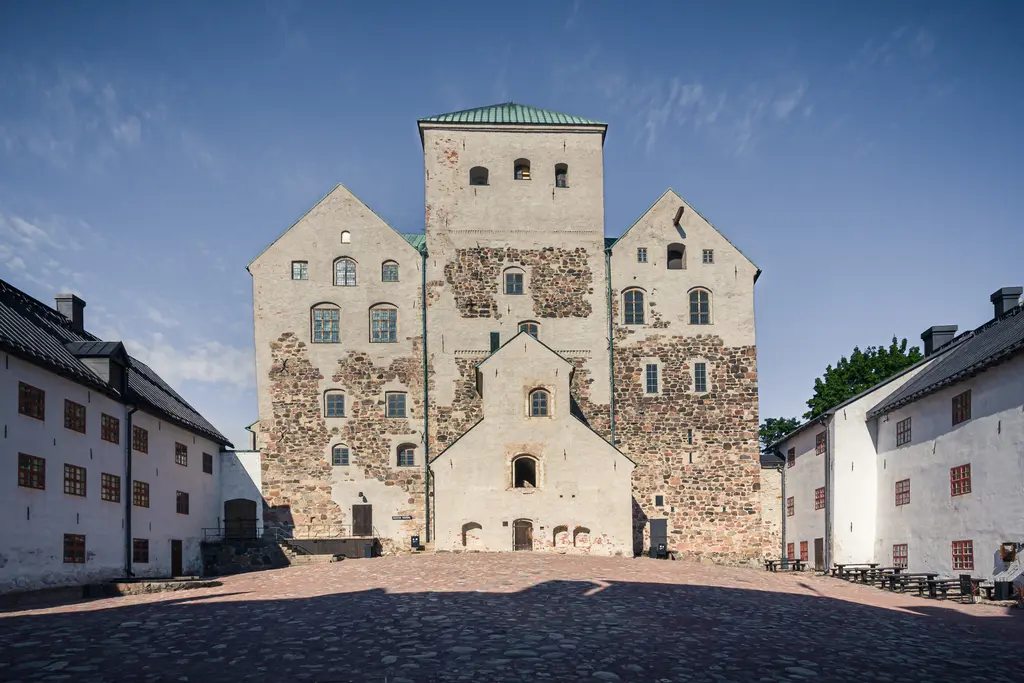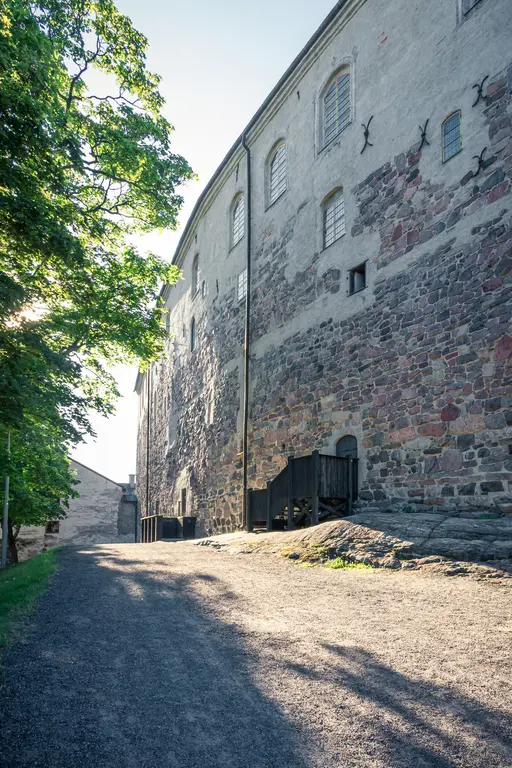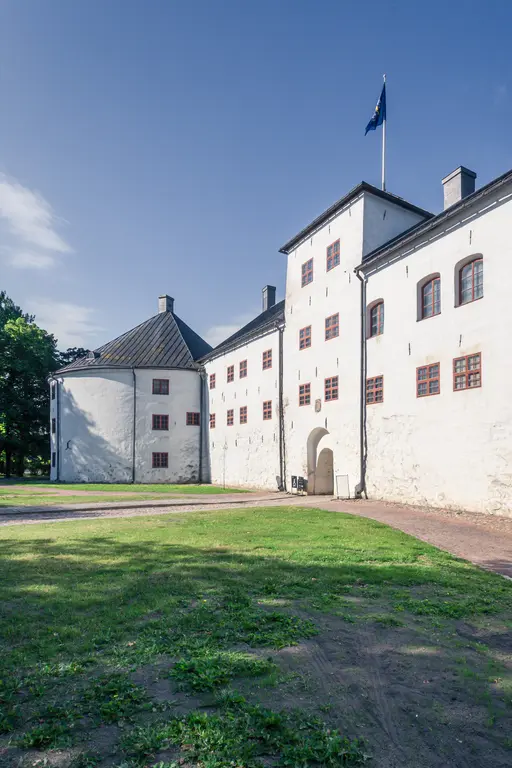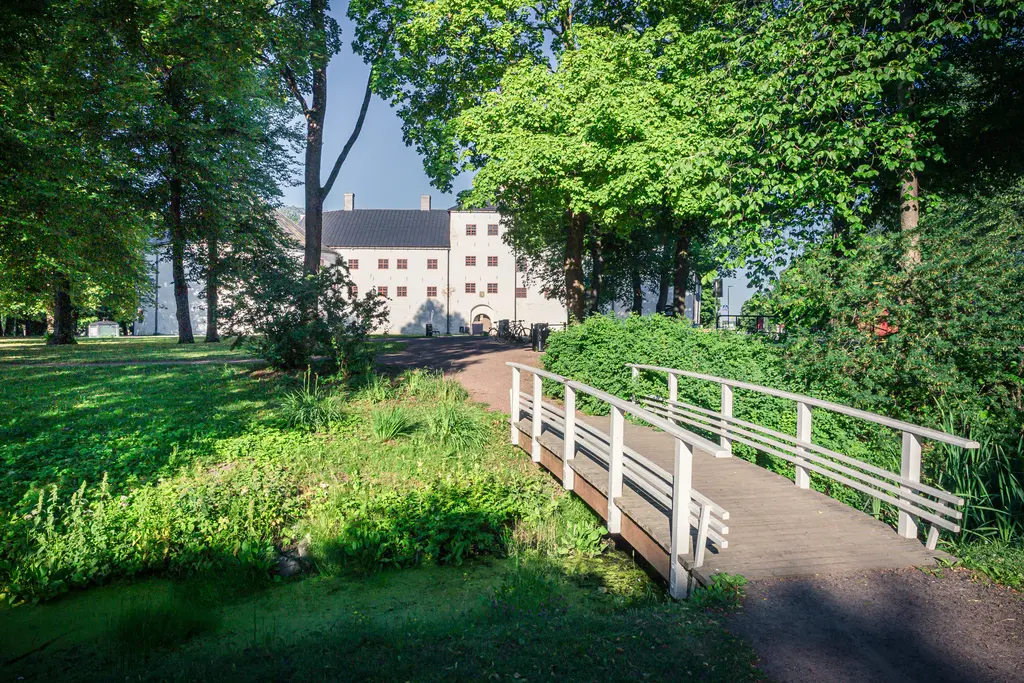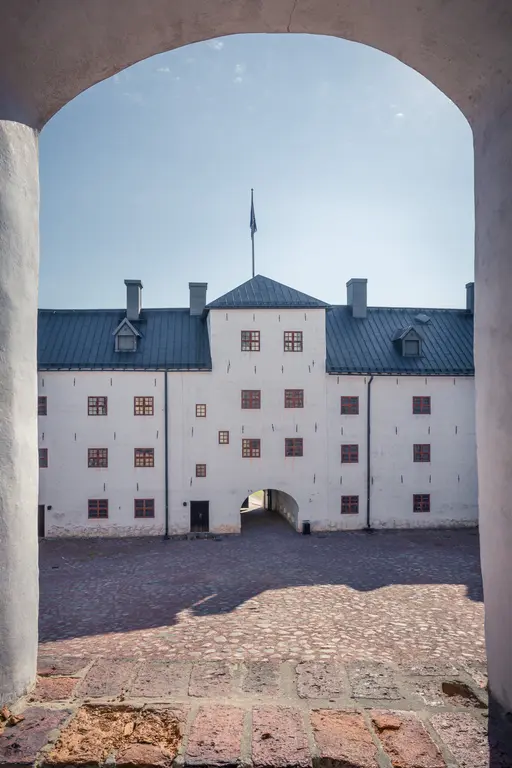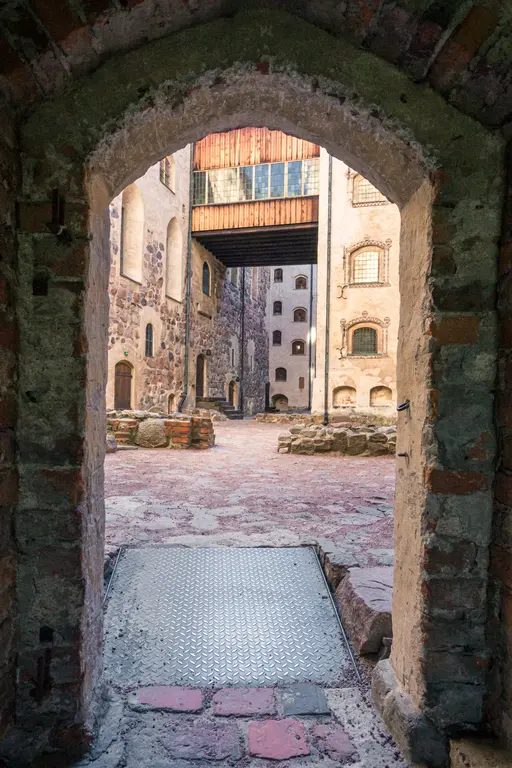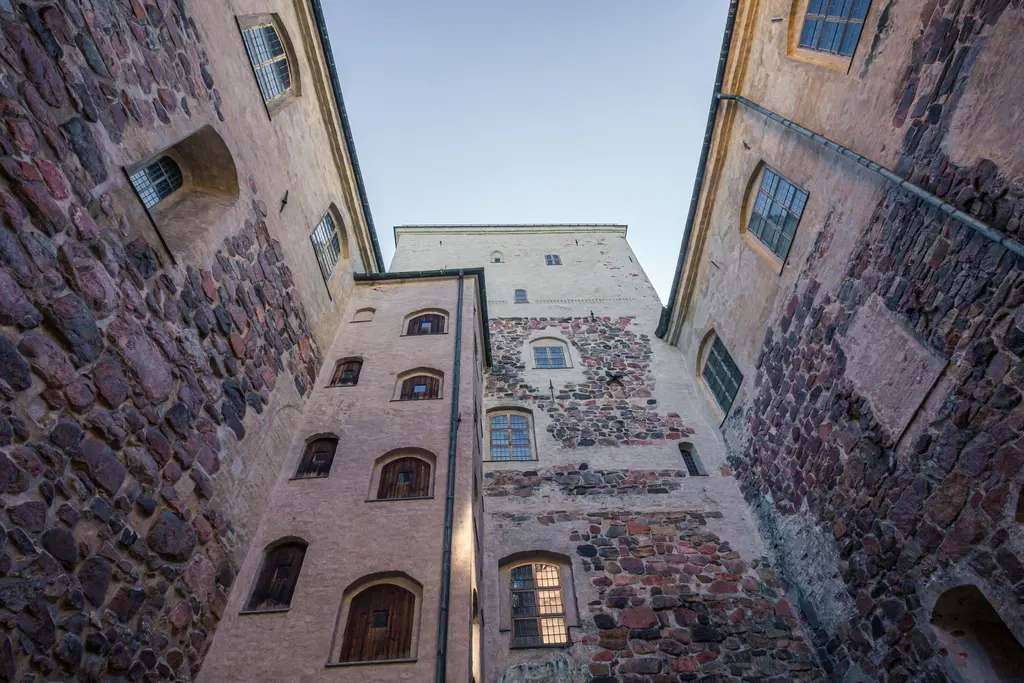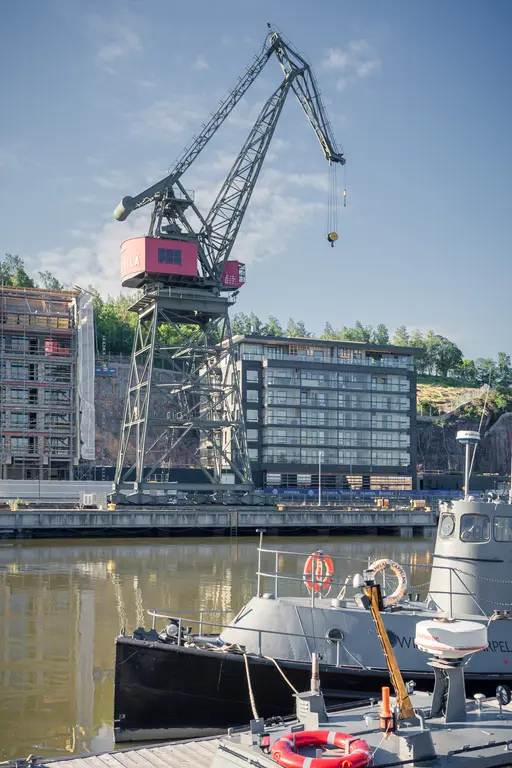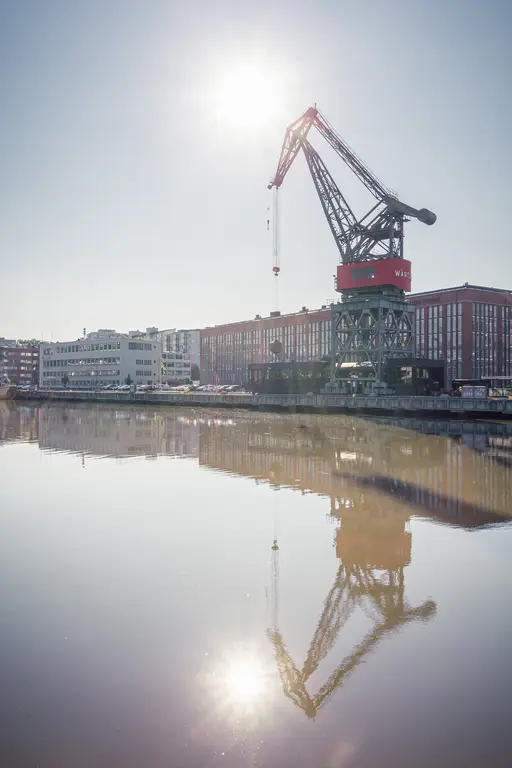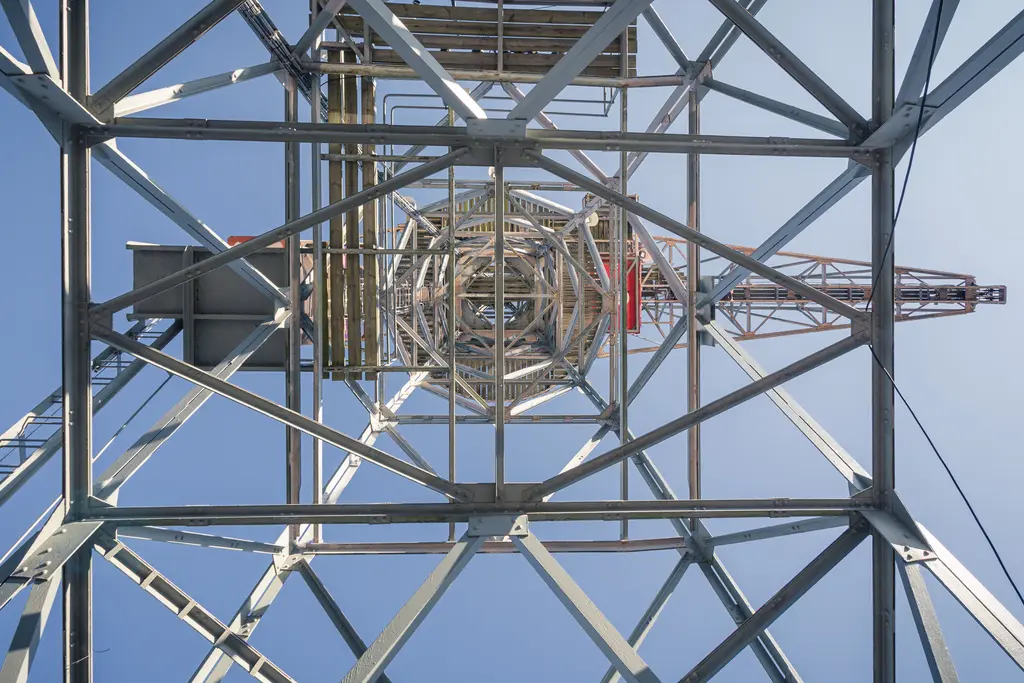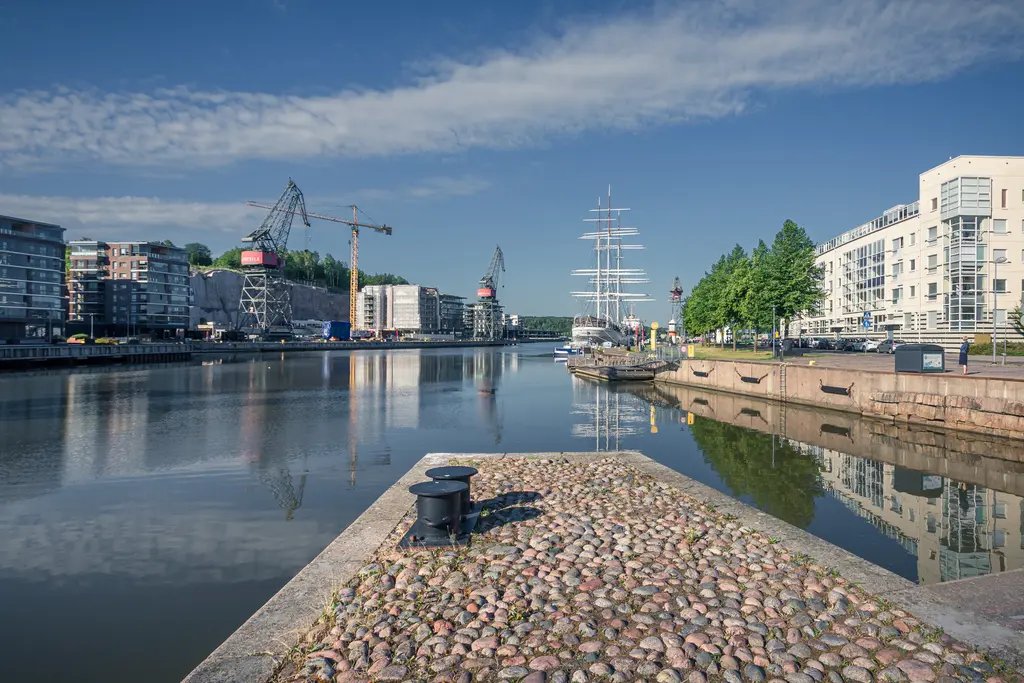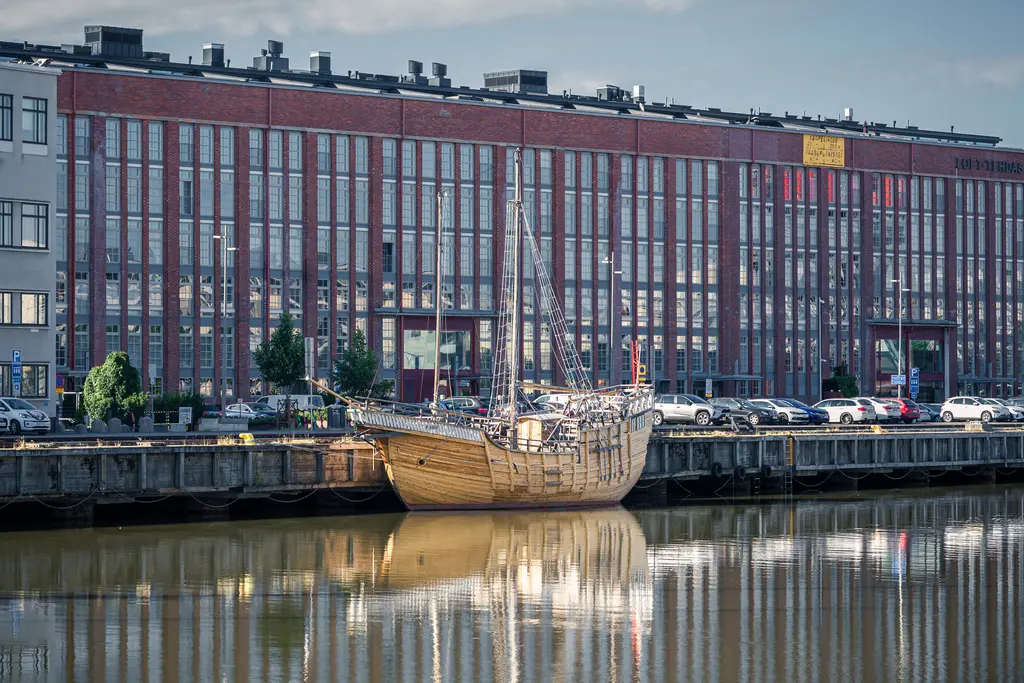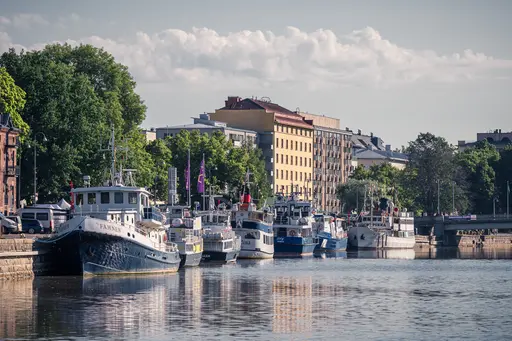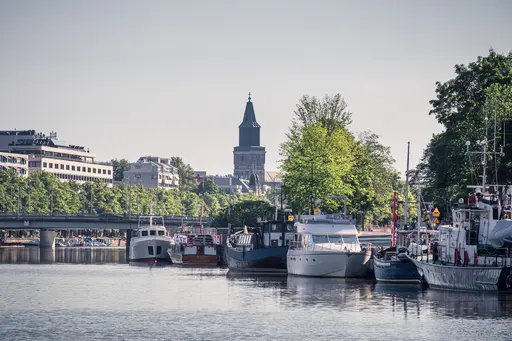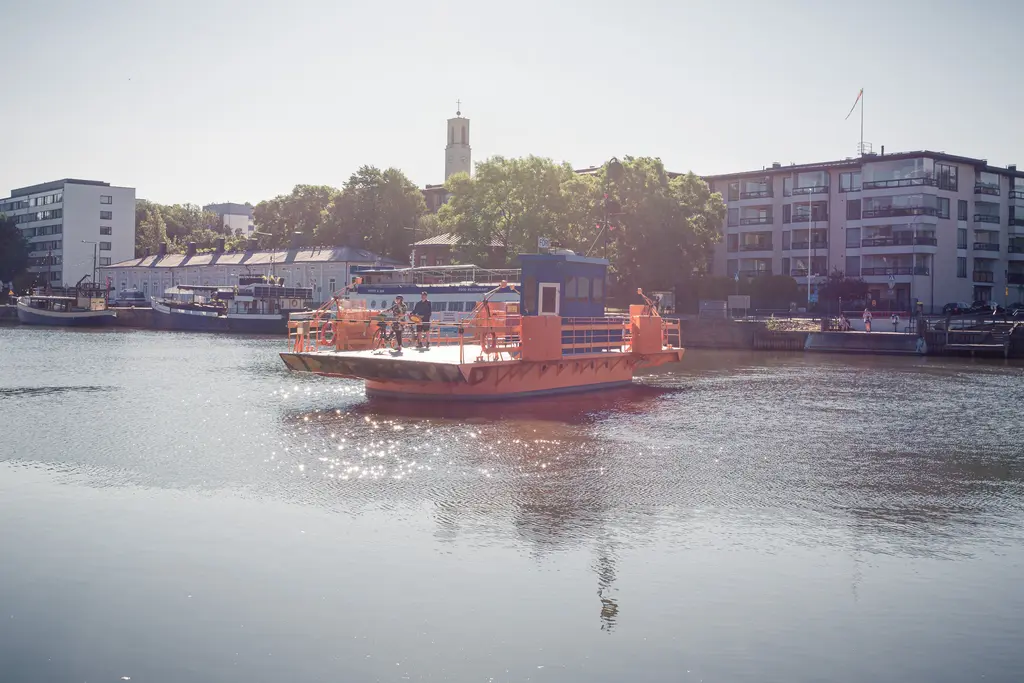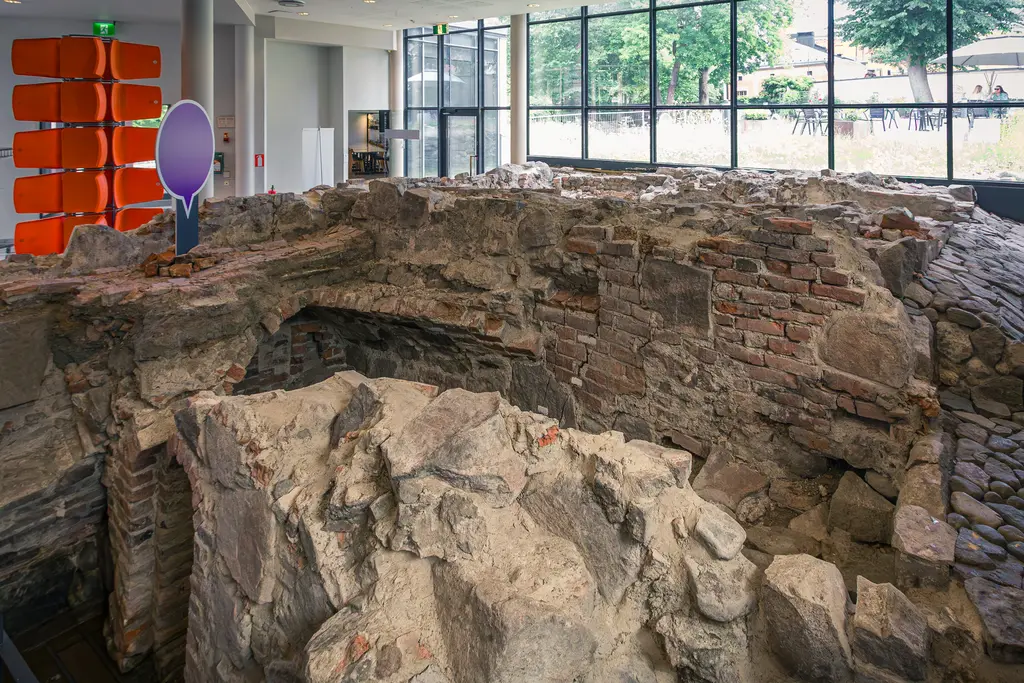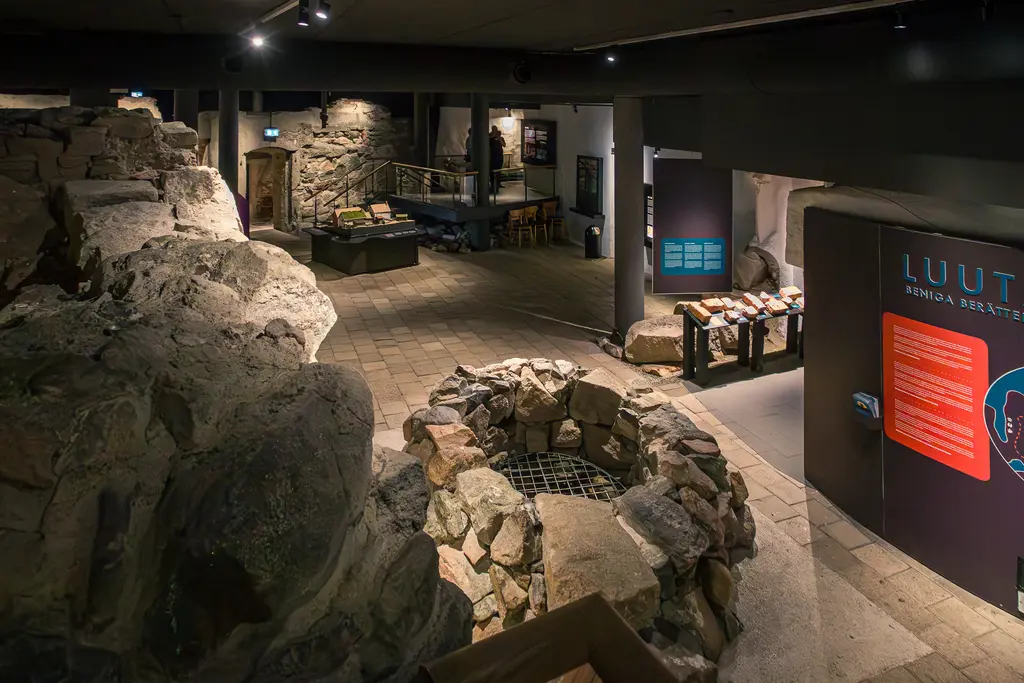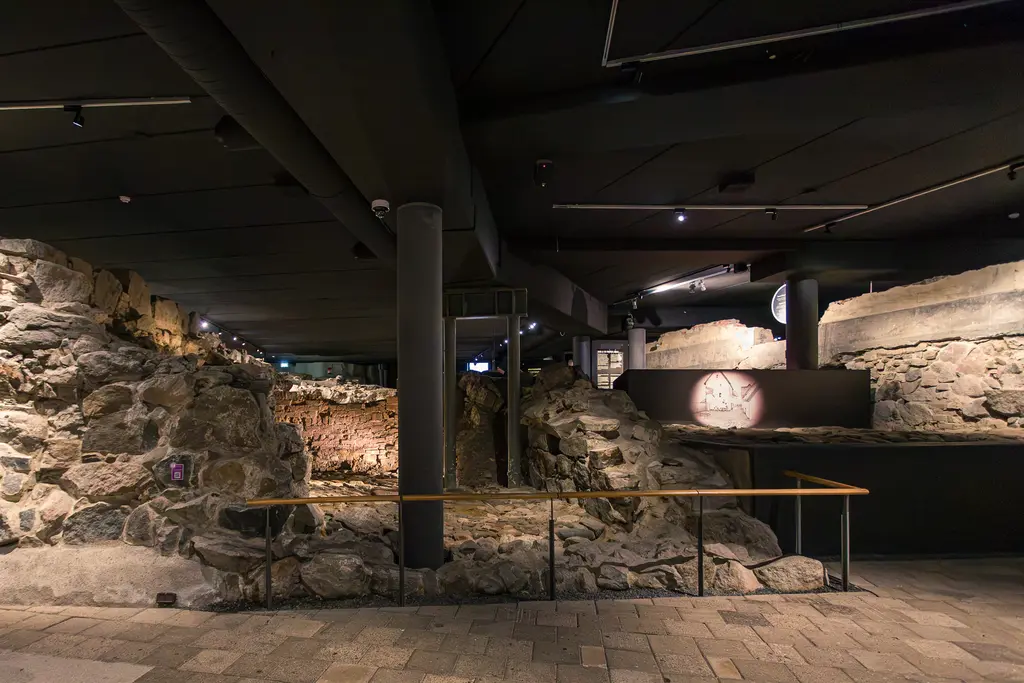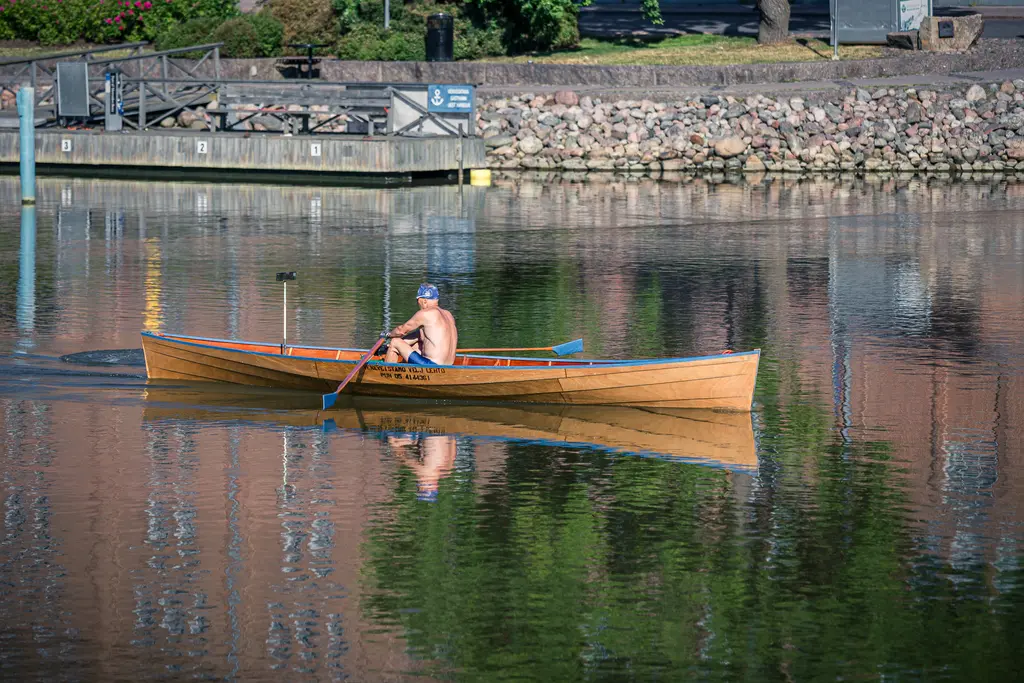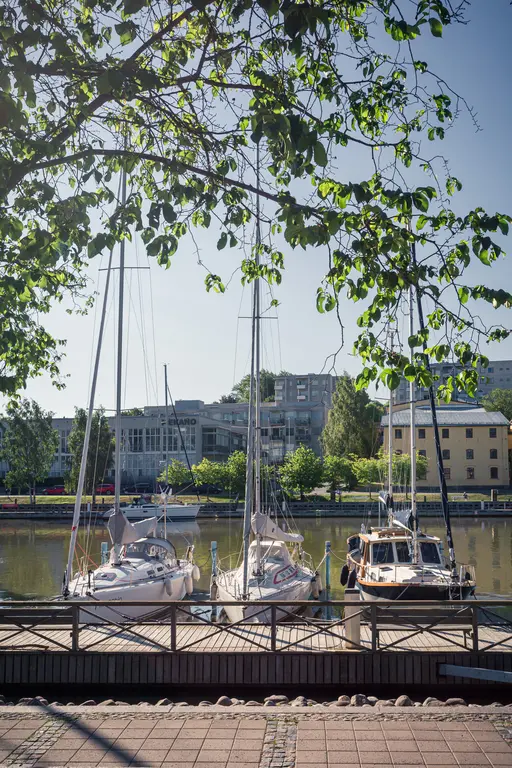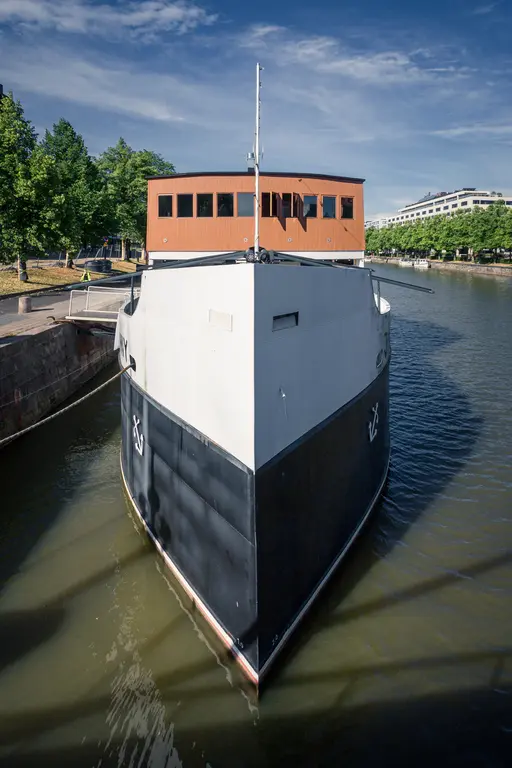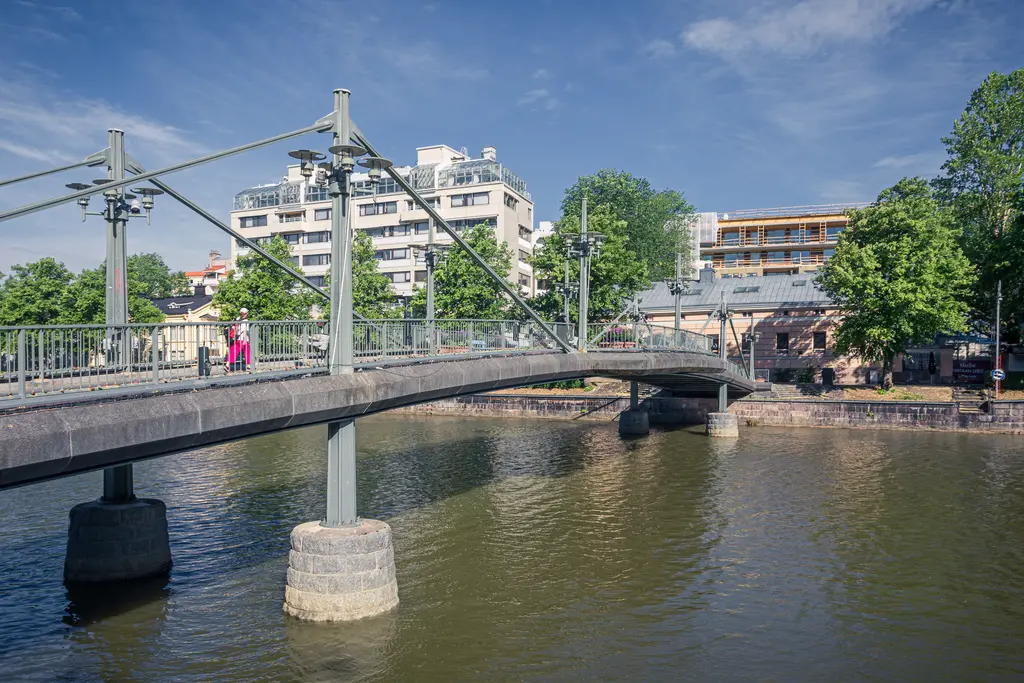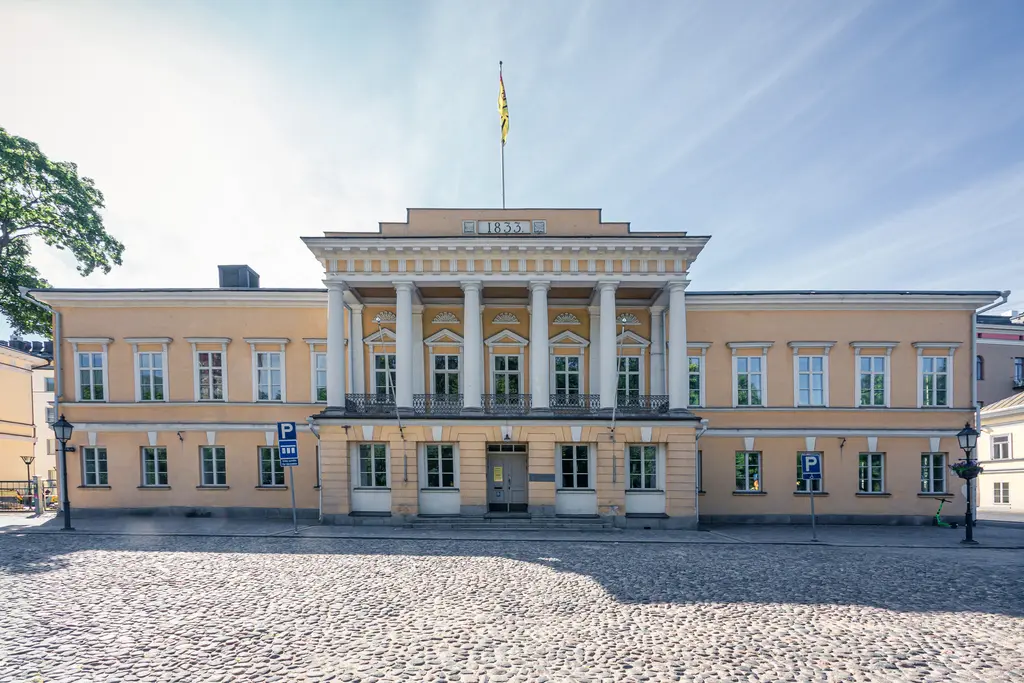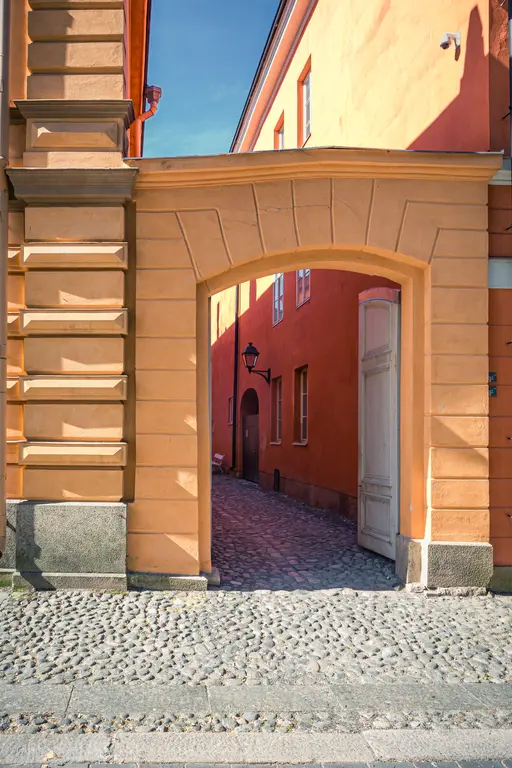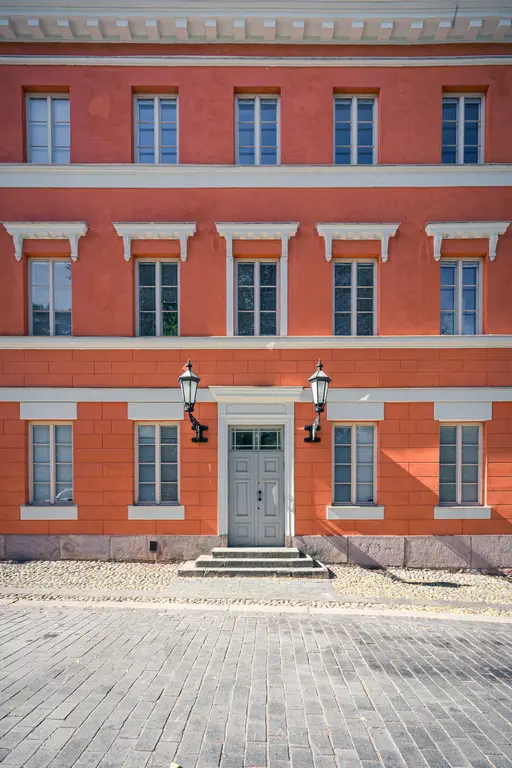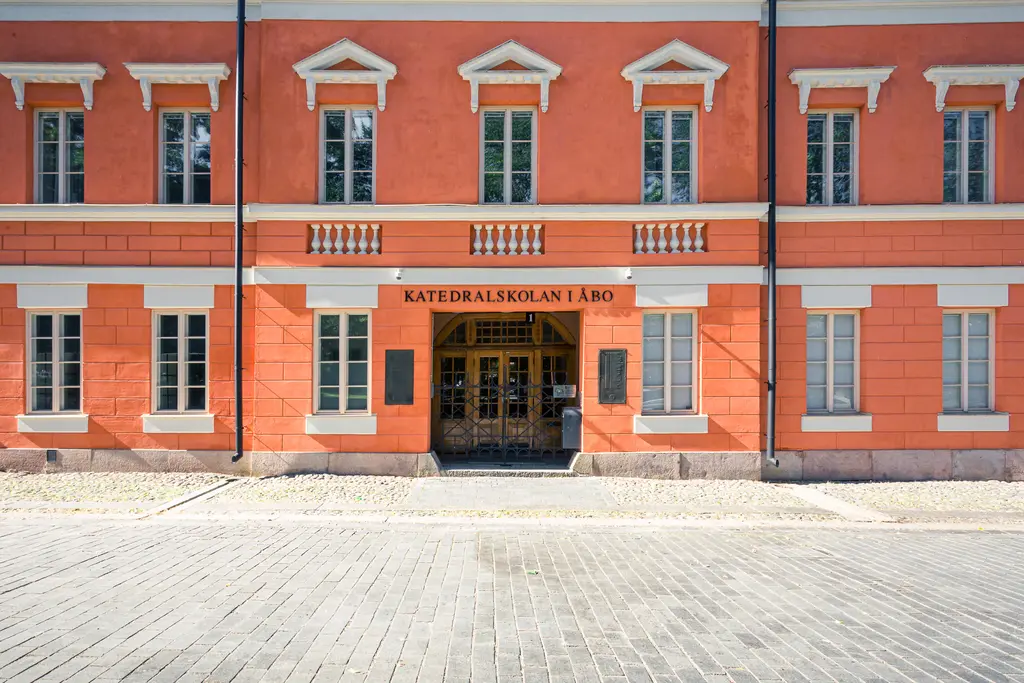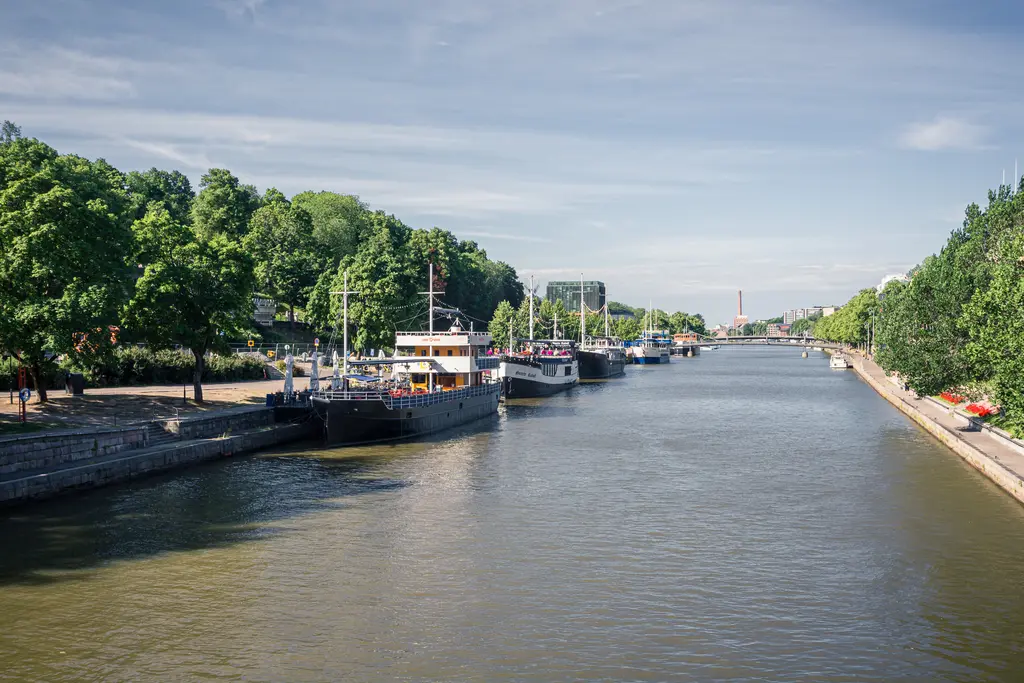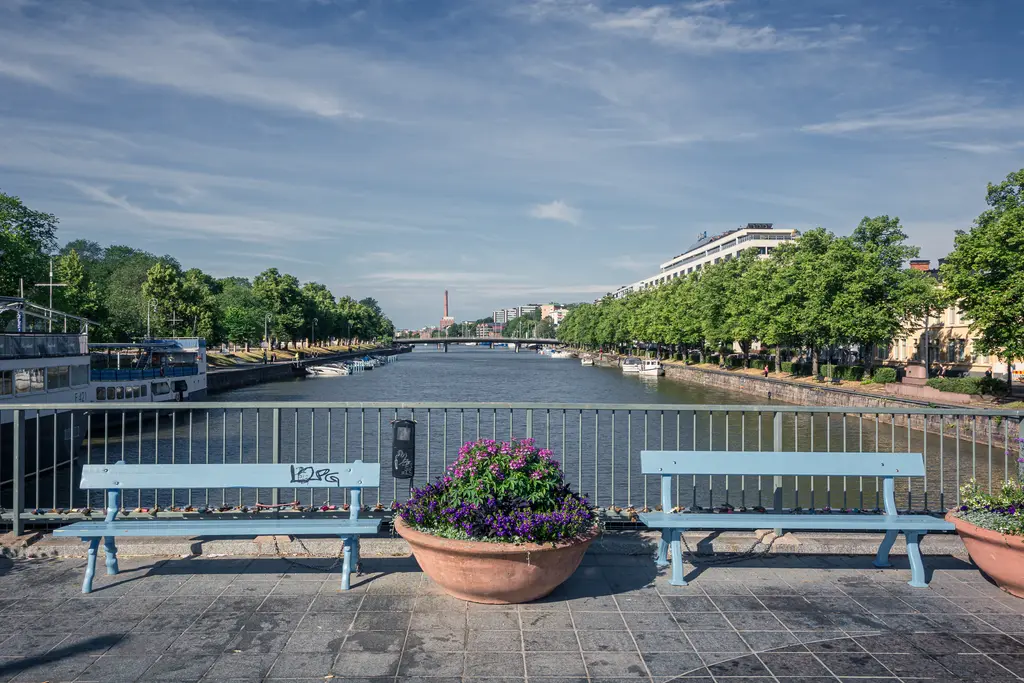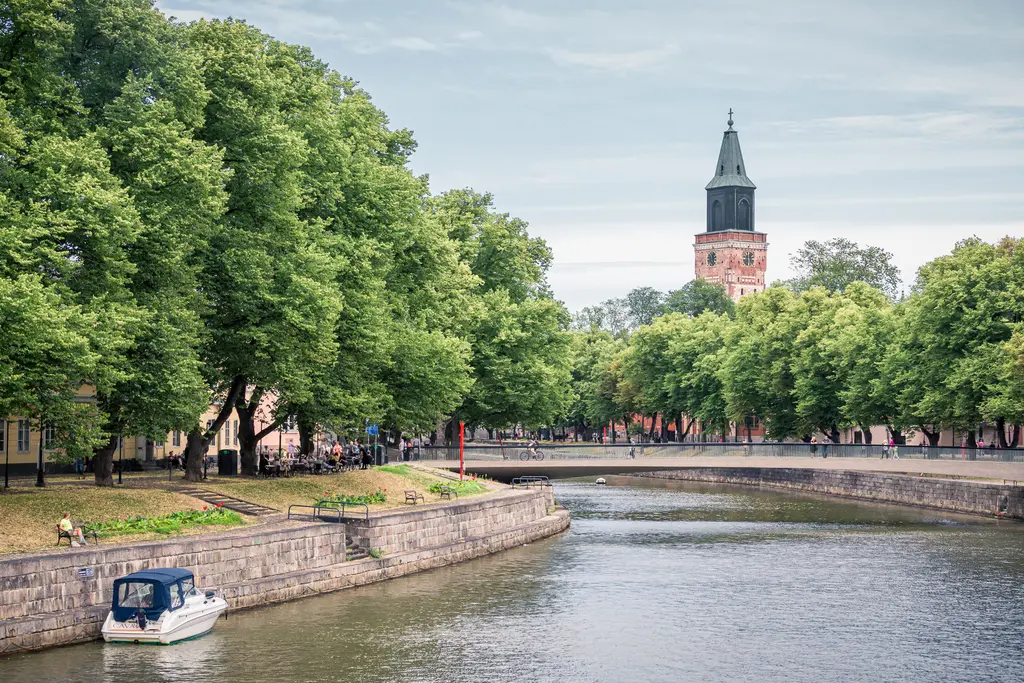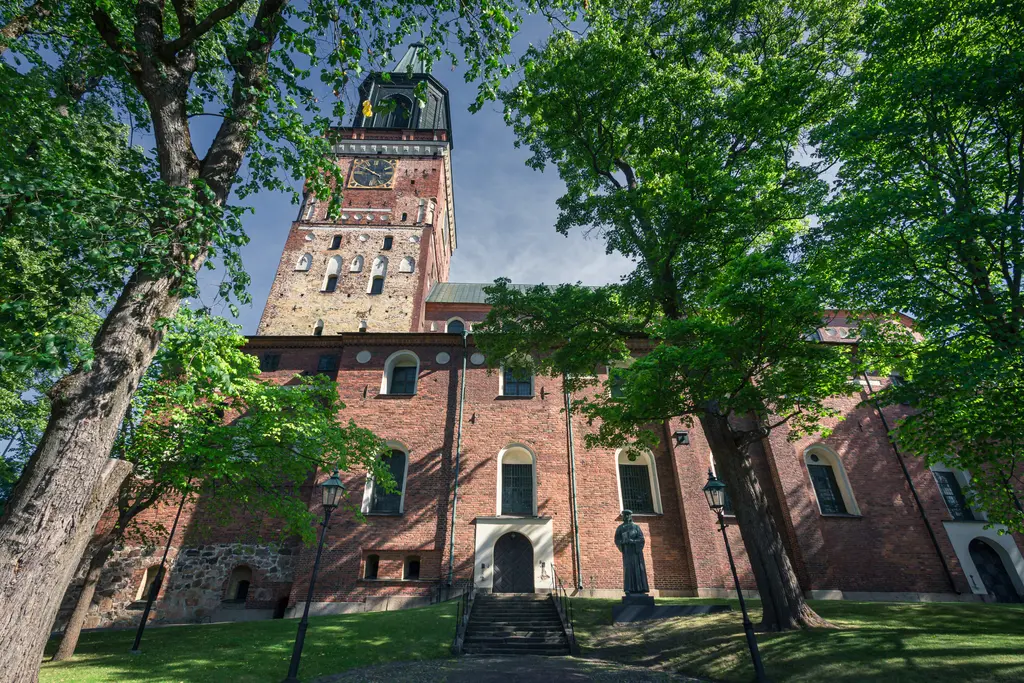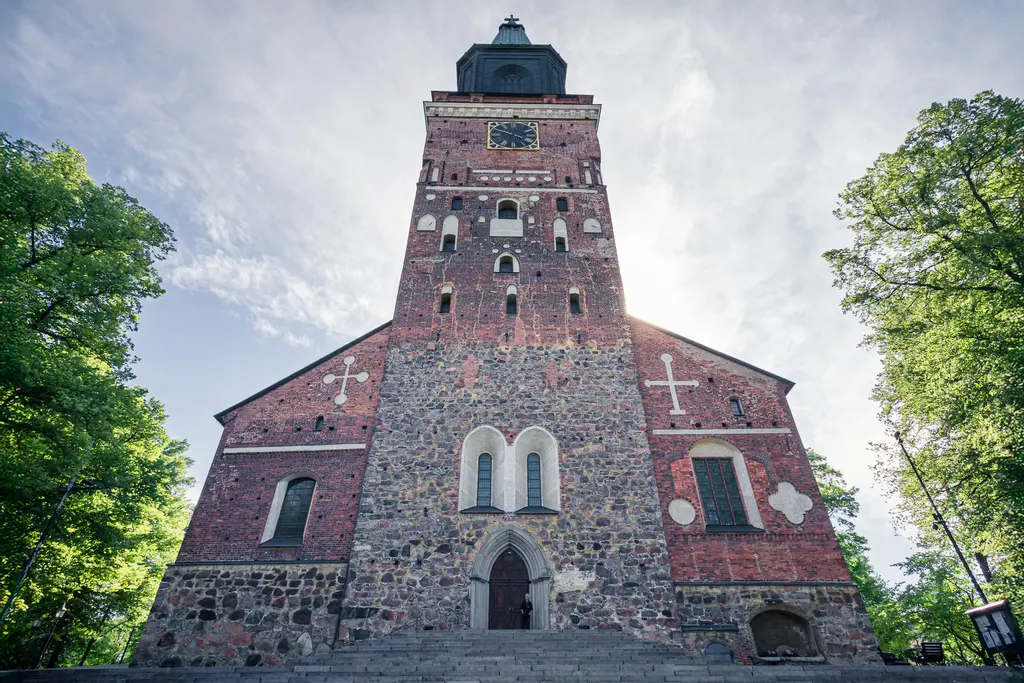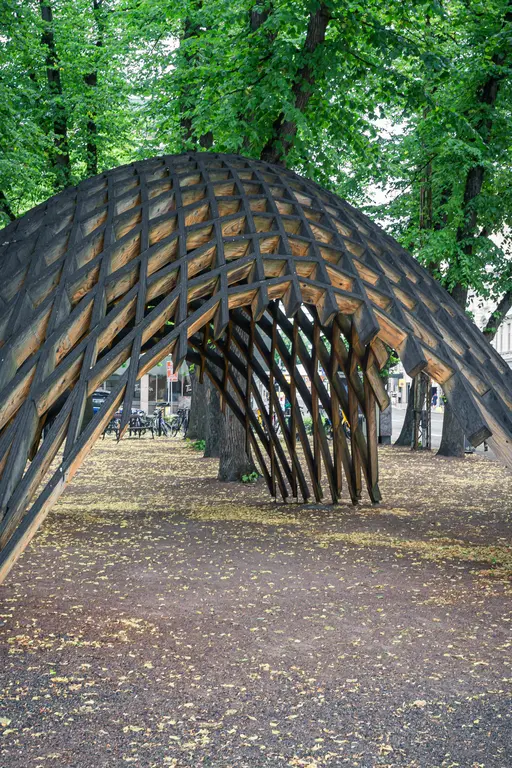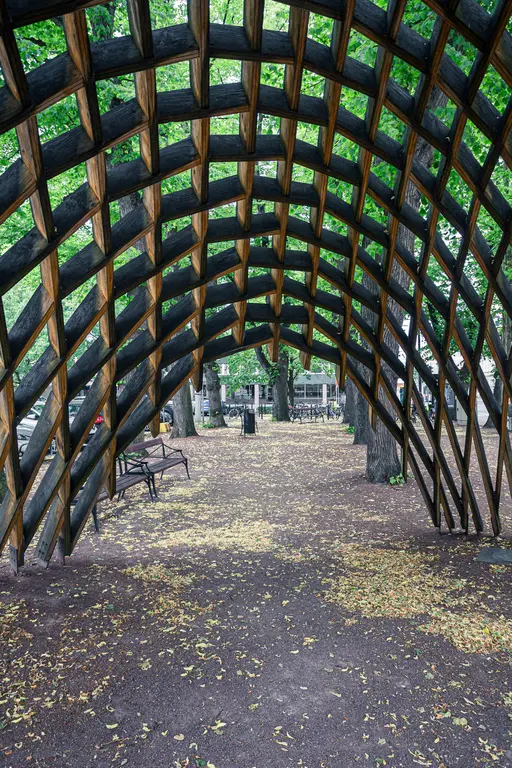Turku, Finland, July 2023
Turku, Finland, July 2023
Turku (Swedish: Åbo) is Finland’s oldest city. It sits on the country’s southwest coast, where the Aurajoki River meets the sea. Along the shoreline and around the city lie scattered archipelago islands with colorful summer cottages and fishermen’s huts. They form part of the landscape into which Turku is woven—between city and sea, between mainland, river, and islands.
Right at the harbor, where large ferries from Stockholm and Åland dock alongside cargo ships, Turku Castle stands on the banks of the Aurajoki River. Dating back to the 13th century, the castle has been expanded and rebuilt many times. Today, it houses a museum documenting life in and around the castle.
The city itself is shaped by the river. Along its banks are cafés, promenades, bridges, and lively walkways. In the historic center, you’ll find traces of medieval buildings such as the cathedral and the castle. But much of the old architecture was lost in a devastating fire in 1827. The few surviving remnants can still be spotted today, hidden between modern buildings, urban expansion, and reconstructed heritage.
And some of them lie beneath the city itself. Buried under Turku’s streets and houses is the older core—remnants of medieval walls and foundations. You can still encounter them here and there; for instance in the Museum of Contemporary Art. During the renovation of the museum building, the ancient walls and foundations in the basement were uncovered and seamlessly integrated into the exhibition.

